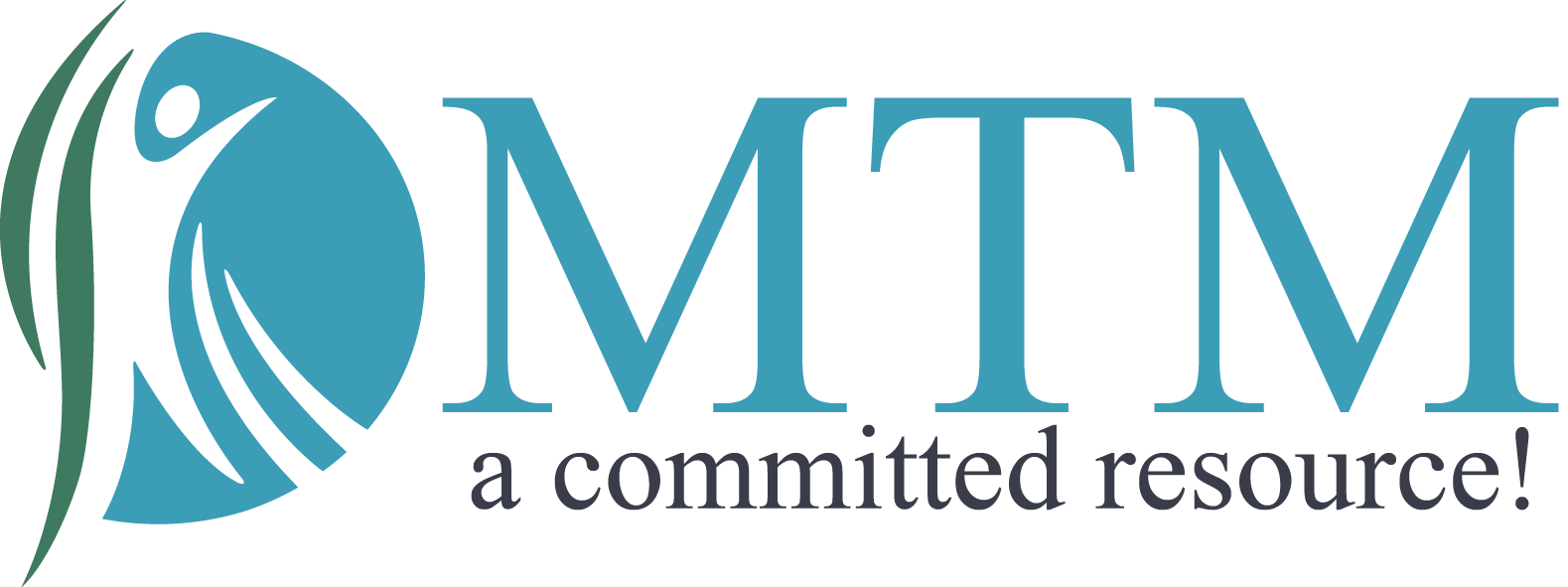The Hidden Costs of Paper Billing in Workers Compensation
Why Switching to E-Billing is Crucial for Your Practice's Financial Health
In today’s fast-paced digital world, many healthcare providers still rely on paper billing for workers compensation claims, unaware of the inefficiencies and hidden costs it entails. Understanding the difference between paper billing and e-billing is essential for optimizing your practice's billing process. This blog explores the pitfalls of paper billing and the advantages of transitioning to e-billing.
What is Paper Billing?
Paper billing involves the provider printing all the bills and medical records for a specific date of service (DOS) and sending them to the insurance company via registered mail. This traditional method may seem straightforward, but it introduces several inefficiencies and hidden costs that can significantly impact your practice’s financial health.
The Inefficiencies of Paper Billing
- Time-Consuming Processes: Handling paper bills involves several manual steps, including data entry, printing, filing, and mailing. Each of these steps consumes valuable time that could be better spent on patient care or other essential administrative tasks. Manual processes are inherently slow and can lead to bottlenecks, especially during busy periods. The cumulative effect of these delays can result in slower turnaround times for claims processing, affecting your practice’s cash flow.
- Human Error: Manual data entry is prone to errors, which can lead to rejected claims and delayed payments. Even minor mistakes, such as incorrect patient information or billing codes, can cause significant issues. Each error requires additional time and effort to correct, further delaying the reimbursement process. Over time, these errors can accumulate, leading to substantial financial losses and administrative burdens.
- Lack of Tracking: One of the most significant drawbacks of paper billing is the lack of tracking capabilities. Once a paper bill is submitted, it’s challenging to monitor its status without a robust tracking system. This lack of visibility makes it difficult to follow up on unpaid claims, resulting in missed revenue opportunities. Practices often find themselves in a reactive mode, waiting for responses from payers rather than proactively managing their billing processes.
- Storage Costs: Storing paper records requires physical space and resources. Over time, the cost of maintaining these records can add up, especially for practices with high volumes of workers compensation claims. In addition to the financial cost, physical storage poses risks such as document loss, damage, and unauthorized access. Transitioning to an e-billing system can help mitigate these risks and reduce storage costs.
- Environmental Impact: In today’s environmentally conscious world, reducing paper usage is a crucial step toward sustainability. The healthcare industry can significantly reduce its carbon footprint by adopting e-billing practices. By eliminating paper billing, practices not only save trees but also reduce the energy and resources required for printing, mailing, and storing paper documents.
What is E-Billing?
E-billing, on the other hand, involves sending billing information through a clearinghouse, which then forwards the data directly to the provider’s processing server. According to the DWC Medical Billing and Payment Guide, e-billing can significantly reduce the time from service to payment. By streamlining the billing process, e-billing improves efficiency and reduces the number of days between service provision and payment.
The Benefits of E-Billing
Transitioning to an e-billing system can address the inefficiencies of paper billing and offer several benefits to healthcare practices.
- Improved Efficiency: E-billing systems streamline the billing process by automating data entry, submission, and tracking. This automation reduces the time required to process claims and minimizes the risk of errors. Staff can focus on higher-value tasks, such as patient care and revenue optimization, rather than manual data entry and paper handling.
- Enhanced Accuracy: E-billing systems are designed to minimize errors through automated data validation and real-time checks. These systems ensure that billing codes, patient information, and other critical data are accurate before submission. This accuracy reduces the likelihood of rejected claims and accelerates the reimbursement process.
- Real-Time Tracking: E-billing platforms provide real-time tracking of claims, allowing practices to monitor the status of each bill from submission to payment. This visibility enables proactive follow-up on unpaid claims and helps practices identify and resolve issues promptly. Real-time tracking also improves communication with payers, leading to faster resolutions and payments.
- Cost Savings: While there is an initial investment required to implement e-billing systems, the long-term cost savings are substantial. Practices can reduce or eliminate expenses related to paper, printing, mailing, and storage. Additionally, the efficiency gains from automation and error reduction can lead to faster reimbursements and improved cash flow.
- Enhanced Security and Compliance: E-billing systems offer robust security features to protect sensitive patient information. These systems comply with industry regulations such as HIPAA, ensuring that data is securely stored and transmitted. Digital records are less susceptible to loss or damage, providing a reliable and secure way to manage billing information.
Conclusion
The hidden costs of paper billing can significantly impact the efficiency and profitability of healthcare practices. Transitioning to an e-billing system offers numerous benefits, including improved efficiency, enhanced accuracy, real-time tracking, cost savings, and better security. By adopting e-billing practices, healthcare providers can streamline their operations, reduce administrative burdens, and focus on delivering high-quality care to their patients.
If your practice is ready to make the switch, Medrina Technology Management is here to help. Our expert team specializes in workers compensation billing and collections, providing cost-effective e-billing solutions tailored to meet your needs. Contact us today to learn more about how we can help you transition to a more efficient and profitable billing system.
Stay updated with the latest insights and news in medical billing services and workers' compensation billing and collections. Enter your email below to subscribe to our blog
Most Recent Articles




